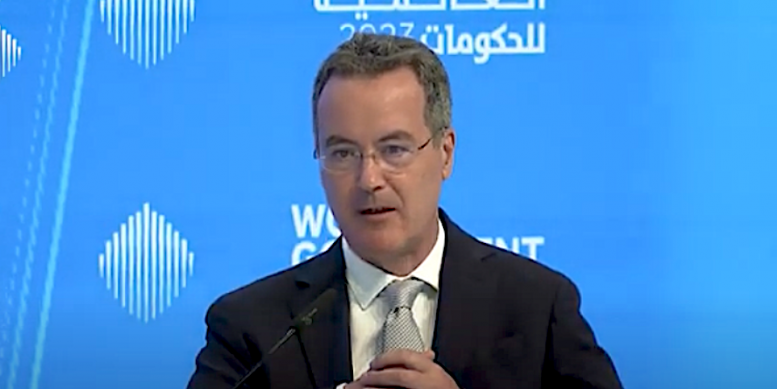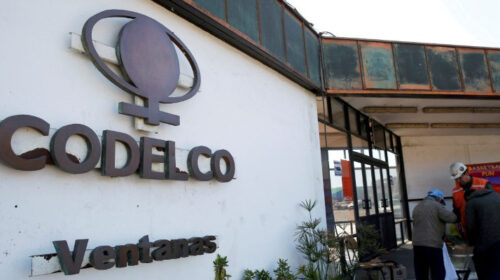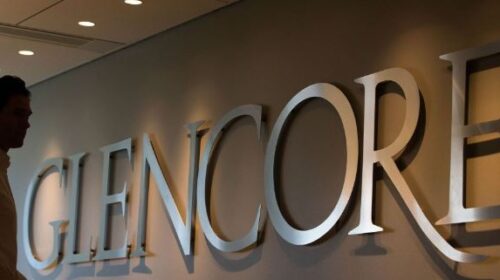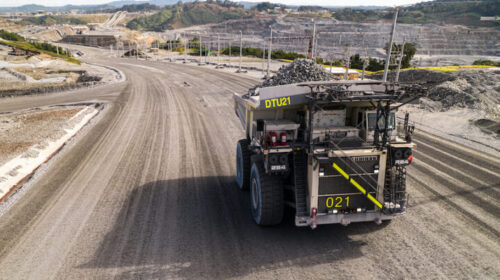Mercuria Intensifies Copper Trading to Match Oil Division Success
Mercuria, one of the world’s largest independent energy and commodity trading companies, is making a significant shift in its business strategy by expanding into copper trading.
The Swiss commodities giant aims to elevate its metals division to the same scale and profitability as its well-established oil trading business, signaling a long-term strategic pivot.
At the FT Commodities Global Summit, CEO Marco Dunand emphasized Mercuria’s “substantial investment in the metals sector,” focusing particularly on copper as a key growth driver.
“There are significant opportunities to pre-finance, co-invest, and secure supply in the metals sector,” Dunand remarked, highlighting the company’s aggressive entry into this market.
Mercuria officially entered the copper market in December 2023 through a strategic partnership with Zambia’s Industrial Development Corporation (IDC).
This partnership includes a $500 million pre-financing deal aimed at developing Zambia’s copper mining infrastructure. With Zambia’s copper production reaching 830,000 tonnes in 2024, it ranks as Africa’s second-largest producer, providing a vital foothold for Mercuria’s expansion in the region.
Copper’s critical role in the energy transition has further bolstered Mercuria’s focus on the metal. As demand for copper is projected to grow by 6% annually through 2030, according to the International Energy Agency, the company recognizes the opportunity in this rapidly expanding market.
Analysts note that copper’s role in electrification makes it a strategic play for traders diversifying away from traditional hydrocarbons.
Mercuria has set ambitious volume targets, expecting to move around 750,000 tonnes of copper cathode and 1 million tonnes of copper concentrate by 2025.
This aggressive projection positions the company as a major player in the global copper market, even as a newcomer.
The company’s involvement with the Tenke Fungurume Mine in the Democratic Republic of Congo (DRC) further underscores its strategic copper supply position.
The mine, majority-owned by China’s CMOC Group, produces approximately 200,000 tonnes annually, representing about 8% of global copper supply. This partnership is central to Mercuria’s copper supply strategy.
Mercuria’s bold expansion into copper trading directly challenges the dominance of long-established traders like Glencore and Trafigura, who have traditionally controlled most of the global copper trade.
Mercuria’s metals division, which currently employs 70 staff members, is up against Trafigura’s 1,000+ metals traders and Glencore’s extensive mining and trading operations.
Kostas Bintas, who heads Mercuria’s metals division, has stated, “We started big to disrupt Glencore’s 30% market share.” This aggressive stance comes despite Glencore’s significant control over approximately 40% of copper exports from the DRC, a major barrier to entry for new players.
Mercuria’s copper strategy is not limited to trading but also includes strategic investments along the value chain. The company has acquired a 15% stake in the Tenke Fungurume mine, valued at $1.2 billion, to secure physical copper supply.
This equity investment ensures Mercuria access to 50,000 tonnes per year from the mine, providing both supply certainty and potential value appreciation.
In addition to direct mine investments, Mercuria has allocated around $200 million to upgrade logistics infrastructure in African copper corridors.
These upgrades address key bottlenecks in transporting copper from mine to market, including port facilities, rail optimization, and warehousing improvements.
Record profits from energy trading have provided Mercuria with the capital needed to diversify into metals. In 2024 alone, Mercuria earned $6.2 billion in profits, giving it the financial resources to expand aggressively.
As copper becomes increasingly critical in the energy transition, particularly in electric vehicles and renewable energy infrastructure, energy traders are positioning themselves to capitalize on the growing demand.
Mercuria’s strategic investments align with predictions from Goldman Sachs, which foresees copper prices reaching $15,000 per tonne by 2030, driven by supply shortages and the increasing demand for electrification. This outlook has prompted Mercuria and other energy giants like Vitol to secure long-term copper supply agreements.
The entrance of well-capitalized energy traders like Mercuria is reshaping the copper market, intensifying competition and potentially driving higher premiums for physical copper.
Citi Research predicts that copper prices could reach $12,000 per tonne by 2026, driven by structural supply deficits and increasing demand for electrification. Mercuria’s rapid growth and aggressive positioning indicate the company expects even higher prices.
Increased competition for copper supply is likely to accelerate mine development and improve supply chain resilience. However, the drive for high-quality assets could also push premiums for tier-one copper resources to new heights.
Mercuria’s commitment to securing reliable supply sources, its rapid expansion, and its strategic partnerships with copper-producing countries position the company for success in the evolving copper market.
What is Mercuria’s current position in the copper trading market?
Mercuria aims to trade 750,000 tonnes of copper cathode and 1 million tonnes of copper concentrate by 2025. While smaller than competitors like Glencore and Trafigura, Mercuria’s aggressive growth strategy has already positioned it as a significant player.
How does Mercuria’s approach differ from other major trading houses?
Unlike competitors who have gradually built their metals trading businesses over decades, Mercuria has taken a more aggressive approach by quickly building a large team, securing strategic mine stakes, and establishing relationships with key producers.
What regions is Mercuria targeting for copper investments?
Mercuria is focusing on Central and Southern Africa, particularly Zambia and the DRC, as well as establishing positions in Chile, providing a geographically diversified copper supply portfolio.
How might Mercuria’s expansion affect copper prices?
Increased competition for physical copper supply could initially support higher prices, but Mercuria’s investments in mine development and infrastructure could eventually increase overall market supply, balancing the effects on prices.
What challenges might Mercuria face in growing its metals division?
Mercuria faces challenges such as competing for limited high-quality copper supply, navigating political complexities in copper-producing regions, and managing price volatility while expanding its position in the market.
39 total views , 6 views today





